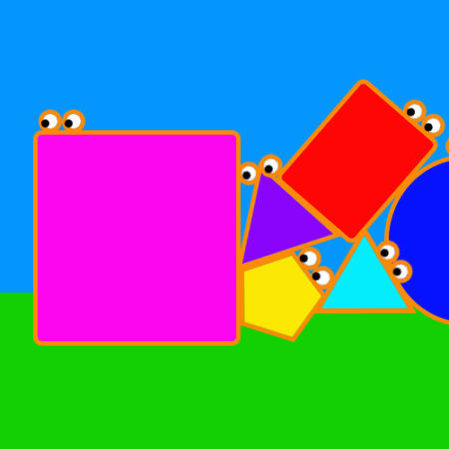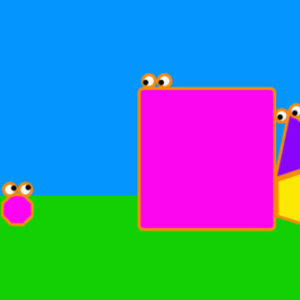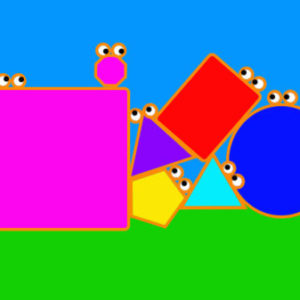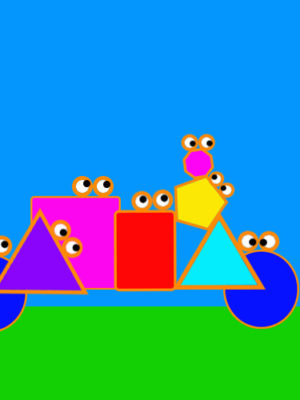Why engage?
learning theory for starters
How we learn and what we mean by learning has been the subject of intense scrutiny by psychologists, philosophers, sociologists, anthropologists, scientists and not to forget teachers for a very long time. This has created a rich and varied landscape to explore. But perhaps a daunting one for those just starting out.
If we embark on understanding how people learn, we are doing the lions share of the work of figuring out how to teach.
But this is not a “one size fits all” endeavour. There are numerous theories and toolkits to use and the dynamic teacher will not stick to one but will explore and continually adapt their approach depending on the situation, setting and learner(s) in front of them.
What does “learning” mean to you?
Consider the last teaching session you delivered, or the last session you were a learner in. What did you intend your learners to learn? what did you learn?
Now think beyond “formal” or designated teaching activities. What was the last thing you really learnt about? what does that learning mean to you?
No single answer
Delving into your experiences you may well have come up with a whole variety of things you have learnt, or come to understand, or “know”. From telling the time, to how to order a meal at a restaurant, to making bread or understanding human factors in an emergency setting.
What about the things “you know” with other people, do they hold some parts of your understanding? Is there any shared knowledge that you don’t retain personally. Think about when you regularly depend on others in the work you do. You might know that Yas in radiology can always get you a scan on a Tuesday and that Dean will help you organise bloods for your patient in outpatients.

Learning >
The examples above describe the spectrum of complexity that human learning occupies. From the simple learning of a process that we use daily such as telling the time, to the complex social learning we do in order to carry out our jobs and the rest of our lives.
Some, have attempted to describe learning in terms of the individual mind, the synaptic connections and processes of learning facts and tasks falling into the “cognitivist” camp.
on >
The cognitivists and neuroscientists have given us the tools that are useful for thinking about the nitty gritty of teaching such as cognitive load theory.
The “constructivist” position suggests that we learn by building on our existing knowledge and understanding. If you think about learning a skill like talking to a patient…we don’t start afresh each time we learn an additional useful tool, we add it together with the rest of what we “know” to form a “new” whole. Understanding constructivism helps us to see why we need to activate our learners existing knowledge to help them learn.
levels
We all know what it feels like to be told something we already know, it can be frustrating and demoralising. The teacher who asks us what we know first and engages us in a conversation to build our understanding will be much more likely to help us learn than the one who stands and lectures us without engaging our prior understanding.
The constructivists also suggest that we build our understanding in the context of our social settings and interactions. This leads us to the social learning theorists, those who have the most to say about how and why we might plan to maximise interactivity when we teach.
Think back to that most recent teaching session, did it trigger any memories for you? How do you remember it in the context of the people you were with and the place?
Social learning
A lot of recent teaching theorists have sought to explore learning as a social endeavour.
Consider yourself out of a classroom or teaching setting. If you don’t understand something, what do you do? you go to your peer or your parent or friend and you ask them to explain it. When you learnt to ride a bike, you watched your friends, your siblings. Think back to the first time you realised you were wrong about something. How did that come about? Even so called auto-didacts (self learners) are not learning from themselves. They use resources (books, web pages, articles) written by others.
Now think about the last time you had a heated discussion about something. That memory is strong isn’t it? because you were challenged, you were asked to review what you know or understand in the context of your peers or colleagues.
There are many key social learning theories to explore to support us to get the most out of our learning designs.
Key ideas – A toolkit
There are some key ideas that you can use to make your teaching more engaging and ultimately more productive

The zone
The zone of proximal development was popularised by Lev Vygotsky a Russian social learning theorist and academic. It describes the learning that occurs when challenge is optimised and often the support of a culturally or socially sympathetic near peer.
The ZPD might be applied in a number of ways…
Activate!
Activating existing experiences is not only a fundamental way to understand your learners needs, its also a great way to engage people.
The question is the simplest unite of a teaching session. When was the last time you considered what a good question was…? what about an ACTIVATING one?!
Community
No matter how introverted or extroverted we might consider ourselves we are all constantly moving around a multitude of communities. The groups of people we share common values, goals and aims with. Growth often comes from the support of communities. You might consider asking your learners to share and discuss key experiences and think about how they might do this within other communities they operate in.
Why not contribute?
Do you fancy exploring a key aspect of healthcare learning or pedagogy? Get in touch!






























